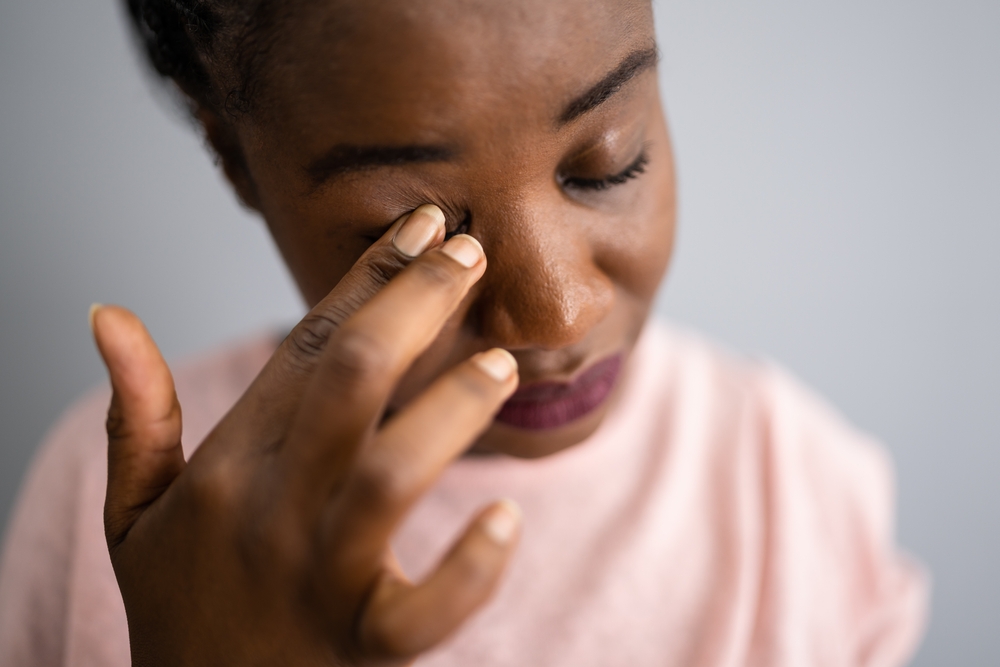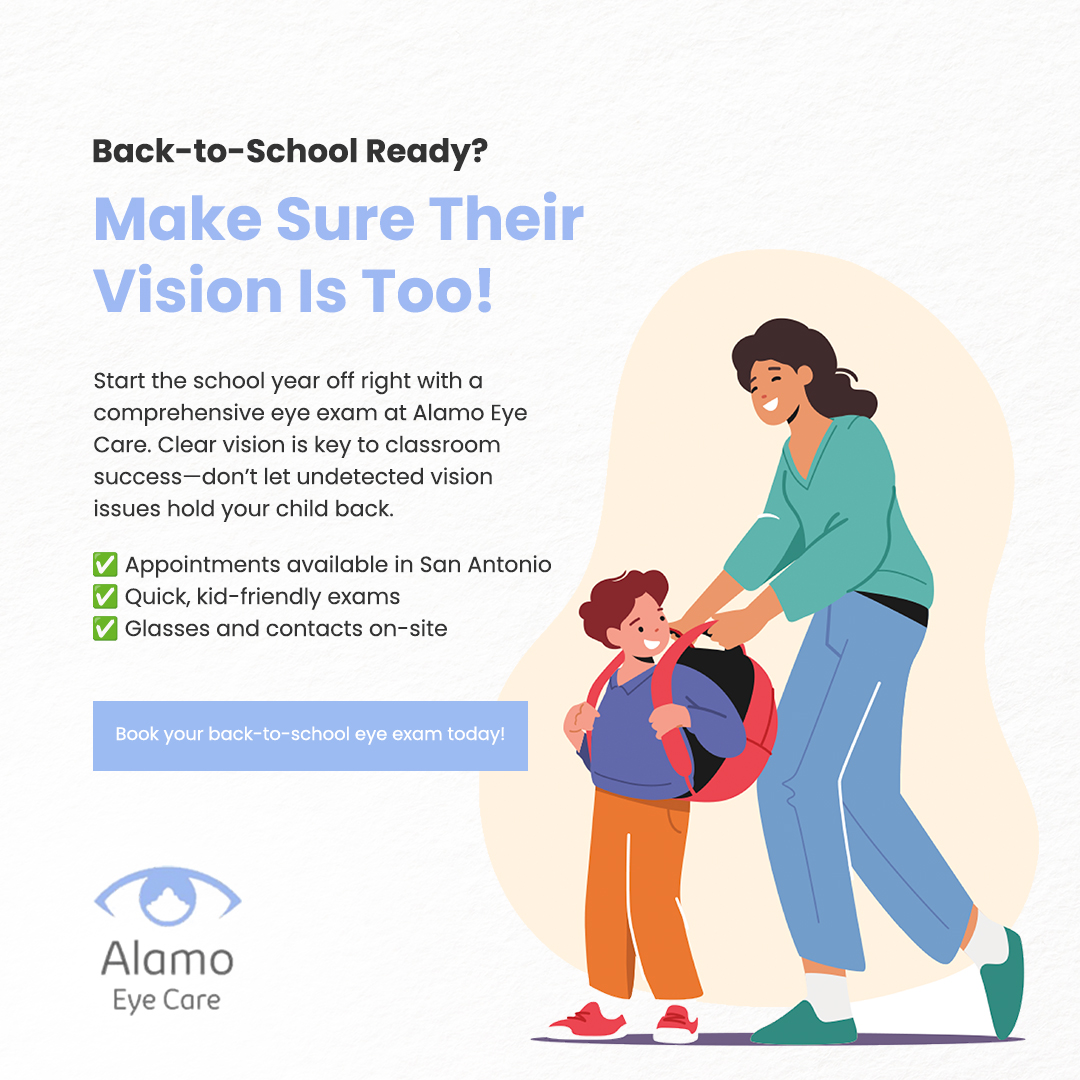
Glaucoma harms the optic nerve in the eye. This vital nerve sends visual information from the eye to the brain. Glaucoma usually happens when eye pressure builds up and puts pressure on the optic nerve. It tends to develop slowly over time. Catching it early is important to prevent vision loss.
Knowing the symptoms can help you identify glaucoma. Not everyone with glaucoma will experience all the symptoms discussed below. Some may have no symptoms until the disease has progressed significantly.
Vision Changes
One of the main symptoms of glaucoma is vision changes. At first, you may start to lose side or peripheral vision. It can seem like you are looking through a tunnel. You might miss objects off to the side. Central vision may stay clear at first. But if left untreated, even sharp central vision can become impaired. Vision loss is gradual but progressive with glaucoma.
Eye Pain or Discomfort
Increased pressure inside the eye can cause periodic eye pain with glaucoma. Some people describe this pain as an aching soreness or throbbing sensation in or around the eye. Others feel sharp eye pain from time to time. The eye may be overly sensitive to light or touch. There may be redness in the eye as well. Feeling like something is in your eye can also signal a problem.
Headaches
Frequent headaches can be an early sign of glaucoma for some people. Headaches may center around the eye or radiate to other areas, such as the forehead or neck. The pain may be mild or very bad. Glaucoma headaches may come and go or be continuous. Migraine-like headaches around the eye can indicate pressure building up.
Nausea and Vomiting
Extremely high eye pressure results in nausea and vomiting in some people with glaucoma and is a medical emergency. It requires immediate medical care to avert permanent vision damage. Even mild nausea with other glaucoma symptoms merits contacting your doctor promptly.
Halos Around Lights
Seeing rainbow-colored halos or rings around lights is a possible symptom of glaucoma. It happens because the increased eye pressure alters the corneal curvature. Light rays refract differently, creating halos. The halos may come and go at first. As glaucoma progresses, the halos become more consistent. Halos around lights make it difficult to see and drive at night.
Reduced Pupil Reaction
The pupils normally constrict and dilate in response to light. Doctors test the pupil’s reaction with a bright light moved across the eye. Delayed or reduced pupil reaction can signal glaucoma or other eye disorders. When glaucoma damages the optic nerve, pupil reaction becomes sluggish. Therefore, pupil testing is a routine part of eye exams.
Drainage Angle Changes
The front part of the eye has a drainage angle that allows fluid to leave the eye. In glaucoma, this drainage angle narrows or closes. Doctors look for drainage angle changes during a routine eye exam using specialized imaging. Narrow angles or other abnormalities point to higher glaucoma risk. Keeping regular eye exam appointments helps detect this.
Unexplained Blind Spots
Healthy eyes do not have blind spots in central or peripheral vision. If blind spots develop, it can indicate glaucoma or other vision loss conditions. Glaucoma first leads to peripheral vision loss, creating blind spots to the side. As it worsens, blind spots enlarge and may merge. Reporting any new blind spots or areas of vision loss to your doctor is very important.
Glaucoma causes subtle changes in vision, eye pain, halos, headaches, nausea, and eye drainage changes. Catching glaucoma early provides the best chance of limiting vision damage. Contact your eye doctor promptly if you notice any new symptoms. With treatment, it is possible to preserve vision and stop glaucoma progression.
For more on glaucoma, visit Alamo Eye Care at our offices in San Antonio or Austin, Texas. Call (210) 403-9050 to schedule an appointment today.








